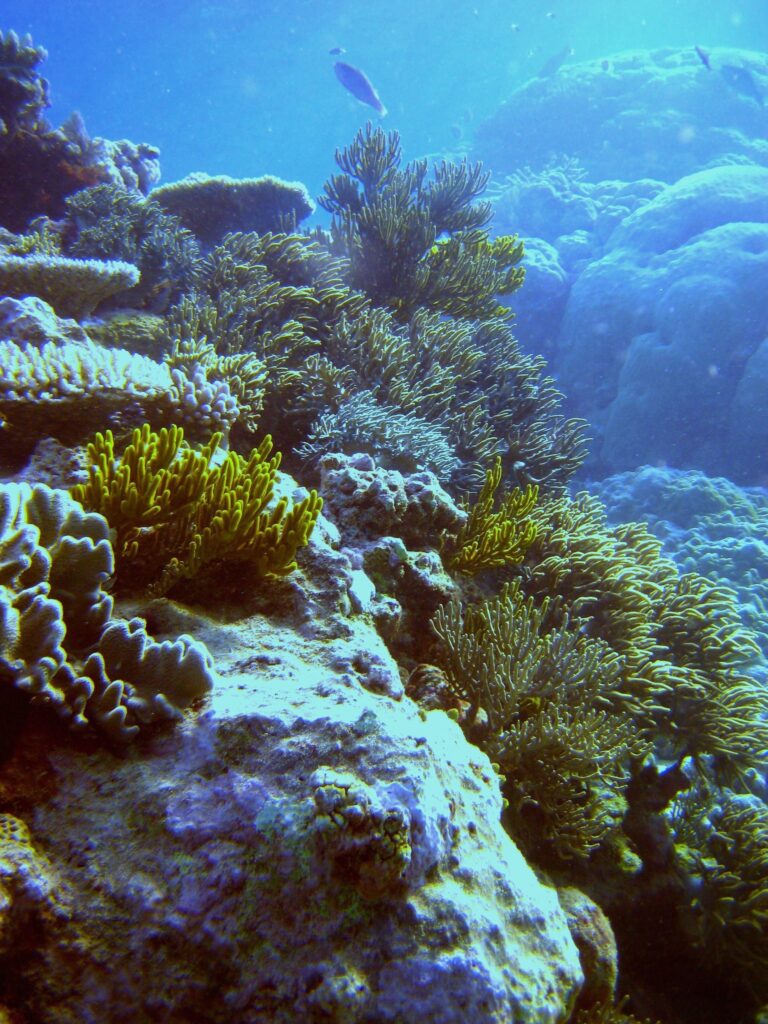Did you know 25% of fish depend on a stable coral reef ecosystem? This is where many types of fish and various organisms have their home, reproduce, and find their food. A coral reef is a sessile marine animal that is made up of thousands of individual coral. These organisms are made up of calcium carbonate, making them very hard and rigid. There are two types of coral species, hard and soft. Hard corals are used to build reefs by extracting calcium from the water to make limestone skeletons, forming coral reefs. Soft corals have plumy features such as sea feathers and sea fans. Typically most hard coral are found in warm shallow water, however different species of coral can be found all around the world. “All corals require very salty water to survive—from 32 to 42 parts per thousand—restricting them to coastal and open ocean areas. Because of this, different types of coral communities are typically located in parts of the ocean based on their light requirements.” (NOAA, 2024)
Coral reefs are an important ecosystem and important to surrounding ecosystems. Tropical coral reefs are where about 25% known marine species call home. These coral reefs are where many of these species are given food, a place to live, and a nursery. The Great Barrier Reef inhabits more than 400 coral species, 4,000 mollusk species, 1,500 fish species, and many other marine species. Coral reefs provide a variety of protection to coastlines including erosion and storms. The structure of coral reefs create a barrier away from the shore, producing coastal protection from flooding and erosion while also decreasing wave impact. Fisheries produced by coral reef ecosystems are depended on by millions of people. Many people receive most of their protein provided by fish in coral reefs. Another benefit provided by coral reefs is medicine. Scientists have found a variety of medicine to help treat various diseases. Some of the material used to create this medication has been found in corals and other organisms living in coral reef ecosystems. The skeleton of hard corals can be utilized to help bone growth and regeneration.

Coral reefs perform many different functions that are important to the ocean. One of the functions being filter feeders. The important role filter feeders have in coral reefs is to separate out contaminants and toxins out of the ocean, also contributing to great amounts of plant life which takes in carbon dioxide and releases oxygen. Beaches are also formed by using broken down coral shells. Interesting enough, some coral reef organisms make sand by ingesting coral! Having a true understanding about why coral reefs are so important is one of the only ways to keep this beautiful ecosystem alive and thriving!